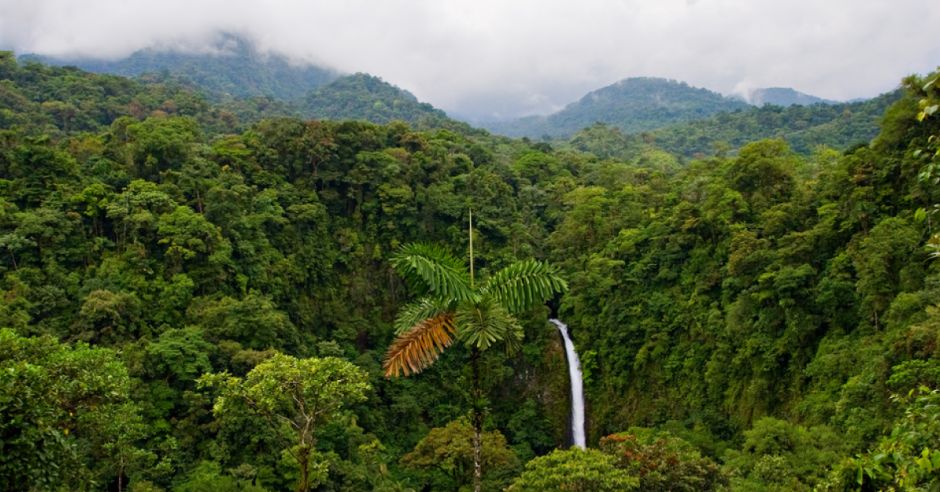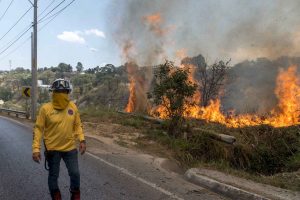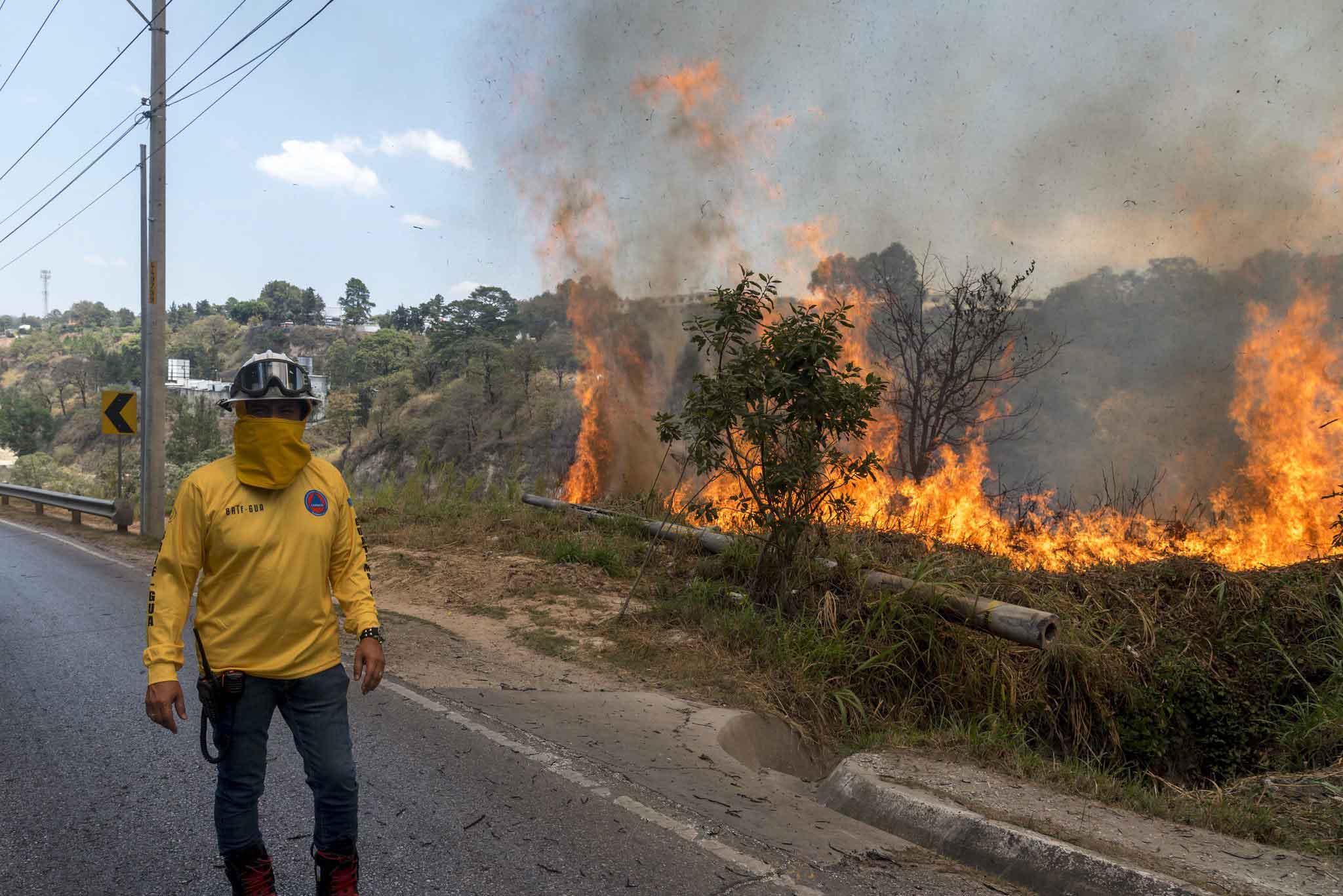Central America burns
The forest fires during the season 2019-2020 are being the main cause of loss of forest mass in the Central America region. All countries in the area, except for Costa Rica, are showing a high index of fires in their territories.
In Guatemala, the National Coordinator for Disaster Reduction (CONRED) informed on May 1st that in the north of the country, which is the most affected area, several fires are still active and are a threat for protected areas as well as the life of thousands of wild species.
The 2019-2020 forest fire season has consumed 2,757 hectares (ha), whose most affected departments are Petén, Baja Verapaz, Huehuetenango, Sololá and Totonicapán.
In Honduras, the Institute of Forest Conservation (ICF), announced that so far in 2020, 652 fires have consumed 37, 988 ha of forest, being the municipiality of Puerto Lempira, in Gracias a Dios department, at the Honduran Caribbean, the most affected area, with a total loss of 13, 543.8 ha.
Other affected areas are the central zone of the country and the municipality of Juticalpa, in Olancho. The fire brigades have been able to put down some 270 incidents, of the more than 600 that consume the Honduran forest areas.
In addition to these fires, in the western Nicaraguan zone, on the border with Honduras, a big fire that has already consumed more than 1,114.3 ha of forest, threatens to exceed the territorial limits that both countries share.
Residents of the Somoto municipality, on the border with Honduras, indicated that the fire fighting units, the Nicaraguan Army and volunteers have not been able to put out the fire for five days.
Costa Rica without major incidents

In 2019, Costa Rica reported as twice as much forest cover, as it did 30 years ago. Photo: LaRepublica.net.
Dry season in Central America, from November to May, is the perfect excuse for forest fires to expand, however, Costa Rica has matters under control, compared with the other Central American countries.
According to local press information, “2019-2020 season, is the most devastating in 8 years.” Until April, the country reported the loss of 390 ha, nationwide, as a consequence of fires. Guanacaste (southwest) is the most affected area.
All the experts on the subject mention that the forest fires in Costa Rica are almost entirely caused by human hands, who seek to expand their lands through illegal appropriation, or to build clandestine tracks for drug trafficking to the north of the continent.
Another factor is the expansion of the agricultural frontier. Large multinational companies that cultivate African palm and other monocultures, want more territories to grow their products.
Loss of coverage

Extensive agriculture and man-made fires are treats to the forest coverage of Central America countries. Photo: CONRED Guatemala
Global Forest Watch, has been monitoring forestal coverage in the world since 2010. According to its real-time tool, between 2001 and 2018, Guatemala lost 1.39 million ha of tree cover, which is equivalent to an 18% decrease since 2000.
Honduras, had 7.22 million ha of forest cover by 2010, which decreased to 5,398,137 ha in 2014 and Nicaragua lost around 18% of their forest cover since 2000.
In the last decade, Costa Rica lost a little more than 100,000 ha of forest. The main reason for these losses is the advancement of agriculture, a factor that is proving to be the biggest enemy against forest conservation in the region.
